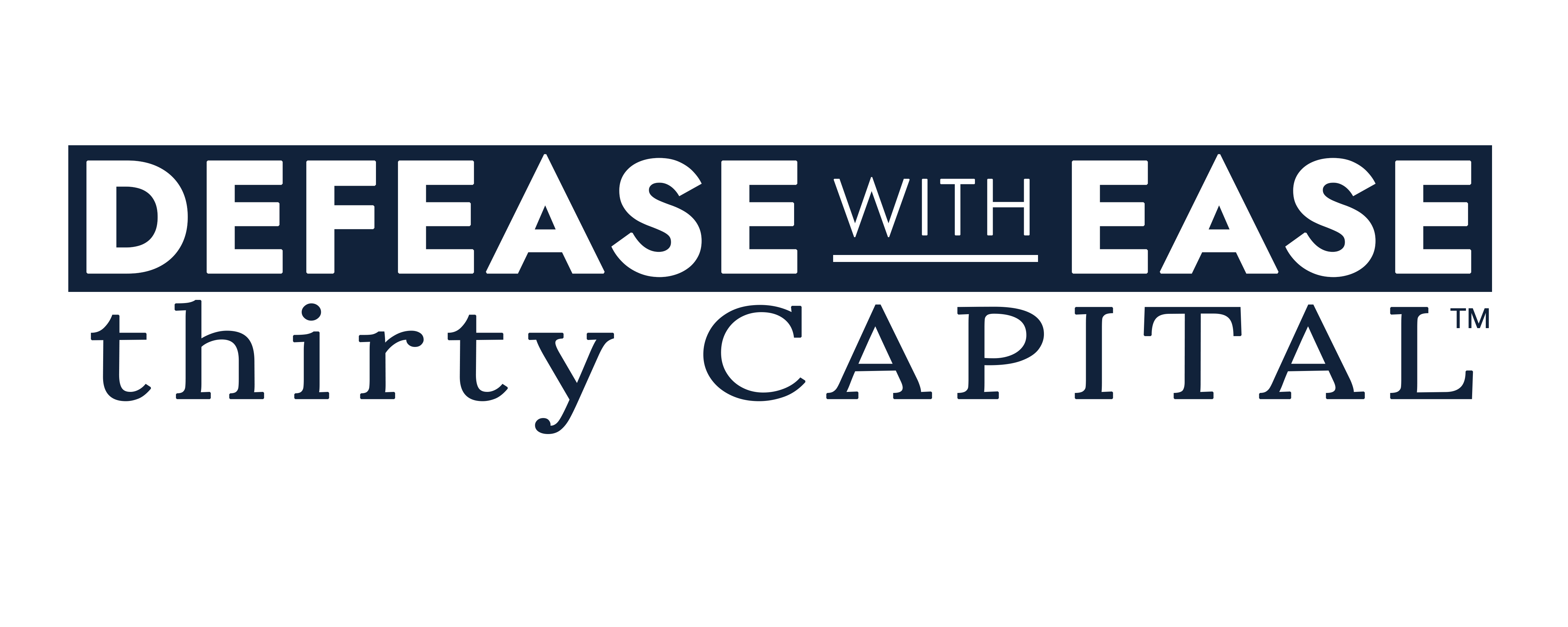For commercial real estate (CRE) owners and operators, understanding loan agreements is critical. While much attention is often given to interest rates, repayment terms, and refinancing opportunities, loan prepayment penalties frequently get overlooked. However, these penalties, which are incurred when a loan is paid off early, can have a significant impact on cashflow and long-term financial decisions. Whether refinancing, selling a property, or paying down debt ahead of schedule, understanding prepayment penalties is essential for making informed and strategic choices.
This blog explores the importance of loan prepayment penalties for CRE owners, the different types of penalties, and strategies for minimizing their financial impact to optimize debt management and long-term portfolio performance.
What is a Loan Prepayment Penalty?
A loan prepayment penalty is a fee that lenders charge when a borrower repays all or part of a loan before the scheduled due date. These penalties are especially common in CRE loans, particularly long-term loans with favorable terms. The rationale behind prepayment penalties is to compensate lenders for lost interest income due to early repayment. While they may seem burdensome, prepayment penalties help lenders safeguard the profitability of their loan portfolios, ensuring that they can recover the interest they originally anticipated. Understanding how these penalties work allows borrowers to make more calculated decisions regarding refinancing, asset sales, and debt management.
Types of Loan Prepayment Penalties
The structure of prepayment penalties varies based on the loan terms, lender policies, and market conditions when the loan is issued. As an owner/operator, it’s important to understand the different penalty types that can impact your financial strategies:
Flat Fee Penalty: A fixed amount or percentage of the loan balance that is charged when the loan is paid off early. This simple penalty can be costly, especially for larger loans.
Step Down Prepayment: This penalty decreases over time. For example, the penalty might start at 3% in the first year, 2% in the second year, and 1% in the third year. This structure provides increasing flexibility for the borrower as the lean matures.
Yield Maintenance Penalty: A more complex penalty, this compensates the lender for lost interest by calculating the difference between the loan’s interest rate and current market rates. If market rates drop, the penalty can become significant and costly.
Defeasance: This is a process that allows the borrower to replace real estate collateral with a portfolio of U.S. Treasury or agency securities. These securities generate cashflow to cover remaining loan payments, allowing the borrower to sell or refinance the property while the lender continues to receive scheduled payments.
Why Prepayment Penalties Matter to CRE Owners
Prepayment penalties are not just a cost to borrowers—they also play a critical role in shaping decisions related to refinancing, selling properties, or paying down debt early.
Impact on Refinancing
Refinancing can help secure better loan terms, lower interest rates, and tap into built-up equity. However, the prepayment penalty could offset potential savings, making refinancing less attractive. CRE owners/operators should consider both short-term and long-term costs when deciding whether to refinance early.
Example: A CRE owner secured a lower interest rate but faced a $200,000 prepayment penalty on the existing loan. After assessing the costs, they decided to delay refinancing for a year to avoid the penalty while still benefiting from favorable rates.
Selling Property Early
Selling a property before the loan term ends can trigger prepayment penalties, reducing sale profits. CRE owners should evaluate how these penalties affect the sale, especially in a fluctuating market.
Example: A property owner received an attractive offer but discovered the prepayment penalty would take a 5% chunk out of their profits. To mitigate the loss, they renegotiated the sale price with the buyer, ensuring a more favorable financial outcome.
Paying Down Debt Early
Using excess cash to make lump-sum payments or pay off debt early can be an effective strategy to reduce interest costs. However, prepayment penalties may prevent or discourage this approach. CRE owners should carefully weigh the penalty against the potential interest savings when considering early debt repayment.
Example: A CRE firm planned to use surplus cash flow to pay down a $10 million loan early, but the yield maintenance penalty would cost an additional $500,000. They opted for a strategy that allowed gradual principal reductions, complying with the lender’s prepayment policy and avoiding excessive fees.
Strategic Debt Management
Incorporating prepayment penalties into a broader financial strategy ensures that CRE owners/operators make more informed, calculated decisions. Proactively aligning debt with property cashflow, refinancing at the right time, and optimizing debt structures can significantly enhance overall portfolio performance.
Example: A borrower negotiated a one-year open prepayment period starting in year seven of their $25 million loan. This provision allowed them to refinance at par during that year, offering maximum flexibility and helping them monitor market conditions, rates, and property performance.
How to Minimize the Impact of Prepayment Penalties
While prepayment penalties are common, owners and operators can take several steps to mitigate their impact:
- Negotiate Prepayment Terms: Before signing a loan agreement, consider negotiating prepayment terms. Lenders may be willing to offer more favorable conditions, especially to low-risk borrowers. Always clarify these terms upfront to avoid surprises later.
- Refinance Early: If refinancing is in the plan, it’s best to act before penalties become too significant. Many loans have sliding scale penalties, making early refinancing more cost-effective. Keep an eye on interest rates and market conditions to determine the right timing.
- Consider Loan Structures with Flexibility: Some loans allow partial prepayments without penalties, or they may apply penalties only for full repayment. Structuring loans with more flexible prepayment policies can help avoid additional costs.
- Plan for the Long-Term: For long-term property holders, consider opting for loans without prepayment penalties, even if it means accepting slightly higher interest rates. The flexibility this offers can yield more savings in the long run, especially for businesses that prefer more financial freedom.
- Explore Defeasance Options: If your loan includes defeasance options, it’s worth investigating the process thoroughly. Although defeasance can be complex, it provides a potential strategy to bypass prepayment penalties and free up assets for sale or refinancing.
- Consult with Debt Advisors: Navigating prepayment penalties can be complex, and professional debt advisors offer valuable insights. They can help structure loans more effectively, reduce penalties, and guide you through the various options for optimizing your debt strategy.
Mastering Prepayment Penalties for Financial Flexibility
By understanding loan prepayment penalties and incorporating them into strategic planning, CRE owners and operators can minimize costs, avoid unnecessary financial setbacks, and make better long-term decisions. Proactive management of debt and prepayment penalties allows for greater financial flexibility and positions CRE professionals for success in a dynamic market.
At Defease With Ease | Thirty Capital, we help CRE professionals navigate the complexities of prepayment penalties and debt optimization. Our expert advisory services and proprietary software solutions provide the insights needed to minimize penalties, avoid costly missteps, and optimize debt for long-term success and higher returns.


